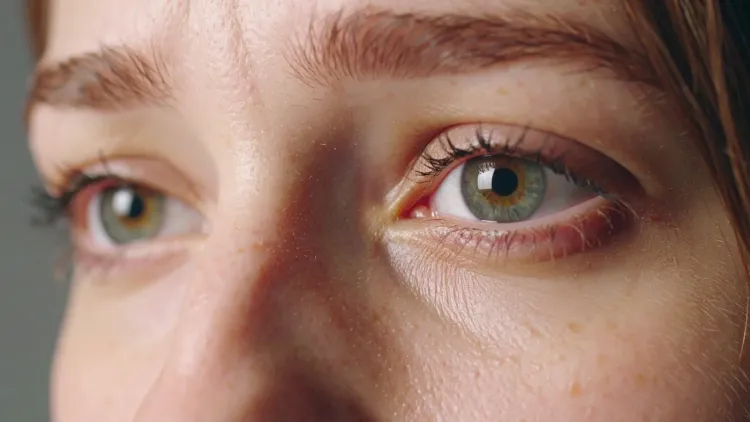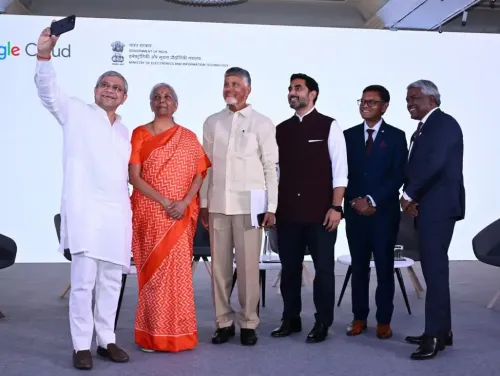What Does Eye Contact Reveal About Human-Robot Communication?

Synopsis
Key Takeaways
- The timing of eye contact is vital for effective communication.
- Both humans and robots respond similarly to eye contact cues.
- Context and sequence of eye movements add meaning to interactions.
- Human-like gaze in robots can improve their communication abilities.
- Findings may benefit high-stakes communication scenarios.
New Delhi, July 16 (NationPress) A recent study conducted by Australian researchers has unveiled that the timing of eye contact plays a crucial role in our interactions with both humans and robots. According to findings from Flinders University, it’s not merely about establishing eye contact, but the when and how it occurs that profoundly influences our comprehension of others, including robotic entities, as stated by the HAVIC Lab (Human, Artificial + Virtual Interactive Cognition), reported by Xinhua news agency.
“Our research has successfully decoded one of our most instinctive behaviors and how it can be utilized to forge stronger connections, whether engaging with a teammate, a robot, or an individual who communicates differently,” remarked Nathan Caruana, a cognitive neuroscientist and leader of the HAVIC Lab.
In an investigation involving 137 participants, researchers discovered that a specific sequence of gaze—first looking at an object, then establishing eye contact, and finally reverting focus back to the object—proved to be the most effective non-verbal cue for signaling a request for assistance.
Caruana emphasized that it’s the context and sequence of eye movements, rather than their frequency, that imbue them with significance, with participants exhibiting similar reactions towards both humans and robots.
He added that humans instinctively respond to social cues, even from machines, and that grasping these signals could enhance relationships with both individuals and technology.
Published in the London-based journal Royal Society Open Science, the study indicates that incorporating human-like gaze behaviors in robots and virtual assistants could render them more intuitive and effective communicators.
Furthermore, the implications of these findings extend beyond robotics, potentially improving communication in high-pressure environments such as sports, defense, and noisy workplaces, while also aiding those who depend on visual cues, including individuals on the autism spectrum or those with hearing impairments.
The HAVIC Lab is currently investigating how elements like gaze duration, repetition, and perceptions regarding a partner's identity (whether human or AI) influence eye contact perception, according to the research team.









